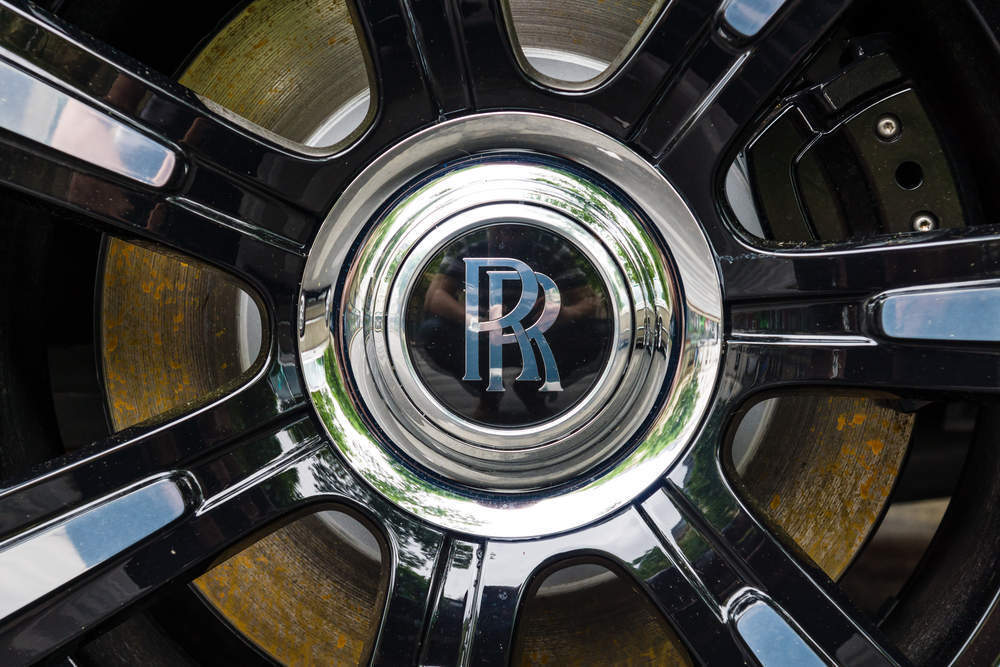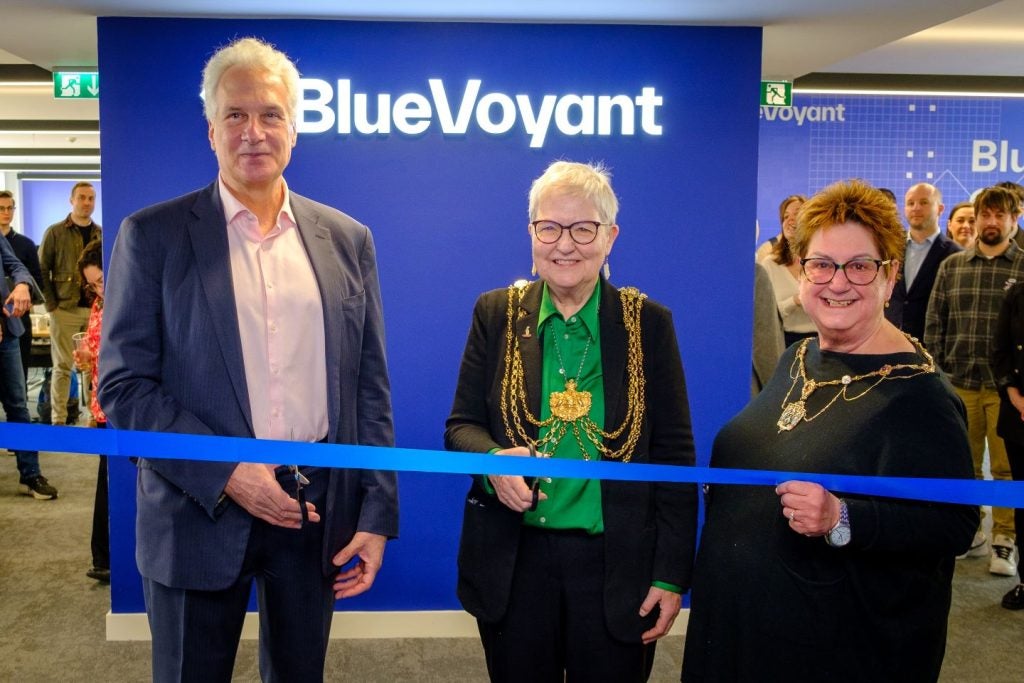
Rolls-Royce latest financial results reveal new strategy is working but much work is required to reach financial safety.
Despite registering a loss of $1.7bn during the first half of 2018, the financial position of Rolls-Royce has improved significantly under the leadership of CEO Warren East.
One-off costs caused by technical problems with the turbine blades contained in the Trent 1000 jet engine fitted to the Boeing 787 Dreamliner have dented financial performance, but the underlying condition of Rolls-Royce is profitable.
Rolls-Royce strategy – streamlining its business model
The turnaround in company performance has been made possible by simplifying the business model of the jet engine maker.
Selling L’Orange – a fuel injection technology company – and the marine business has enabled a renewed focus upon the core business – civil aerospace, defense and power systems. Despite generating revenues of close to $1bn, the marine division lost Rolls-Royce $91m last year. The sale to Kinsberg, a Stuttgart based company, is worth $650m including debt.
Now the balance sheet will no longer be burdened by loss making divisions, cash-flow is forecast to improve substantially, helping Rolls-Royce to restore investor faith.
How well do you really know your competitors?
Access the most comprehensive Company Profiles on the market, powered by GlobalData. Save hours of research. Gain competitive edge.

Thank you!
Your download email will arrive shortly
Not ready to buy yet? Download a free sample
We are confident about the unique quality of our Company Profiles. However, we want you to make the most beneficial decision for your business, so we offer a free sample that you can download by submitting the below form
By GlobalDataRising confidence from shareholders and investors is essential given the very long lead times considered normal in the jet engine industry. As such, improving cash-flow forecasts carry more importance than the headline half-year overall loss.
Shares in Rolls-Royce rose 8% upon the announcement earlier in 2018 that the company would exceed the self-imposed target of gaining $1.3bn in free cash-flow by 2020.
An improving cash-flow situation will help the company thrive in what is a fiercely competitive industry.
Aerospace competition will intensify
Whilst the British company is currently the second largest jet engine maker globally, staying in that position demands continued investment in the next generation of jet technology, especially given trends in engine selection.
According to MarketLine data, in 2021, the global aerospace & defense sector is forecast to grow with a compound annual growth rate of 6.1% between 2016 and 2021. This will primarily be driven by civil aerospace, which accounts for nearly two thirds of the sector.
Aircraft manufacturers previously built passenger jet airliners with more than one engine type available, yet both Boeing and Airbus have of late increasingly built aircraft with only one engine available.
The trend, intended to save money, is making the supply of jet engines a more knife-edge business than was formerly the case.
For companies such as Rolls-Royce the current business environment can result in a full order book, or a fallow period if rivals are picked to fulfill large contracts. Consequently, predicted growth in cash-flow is vital to the turn-around strategy that the CEO put in place soon after assuming control.
Even though the company lost money during the first-half of the year, the long-term outlook is brighter than the immediate headlines would suggest.








Related Company Profiles
Rolls-Royce Holdings Plc